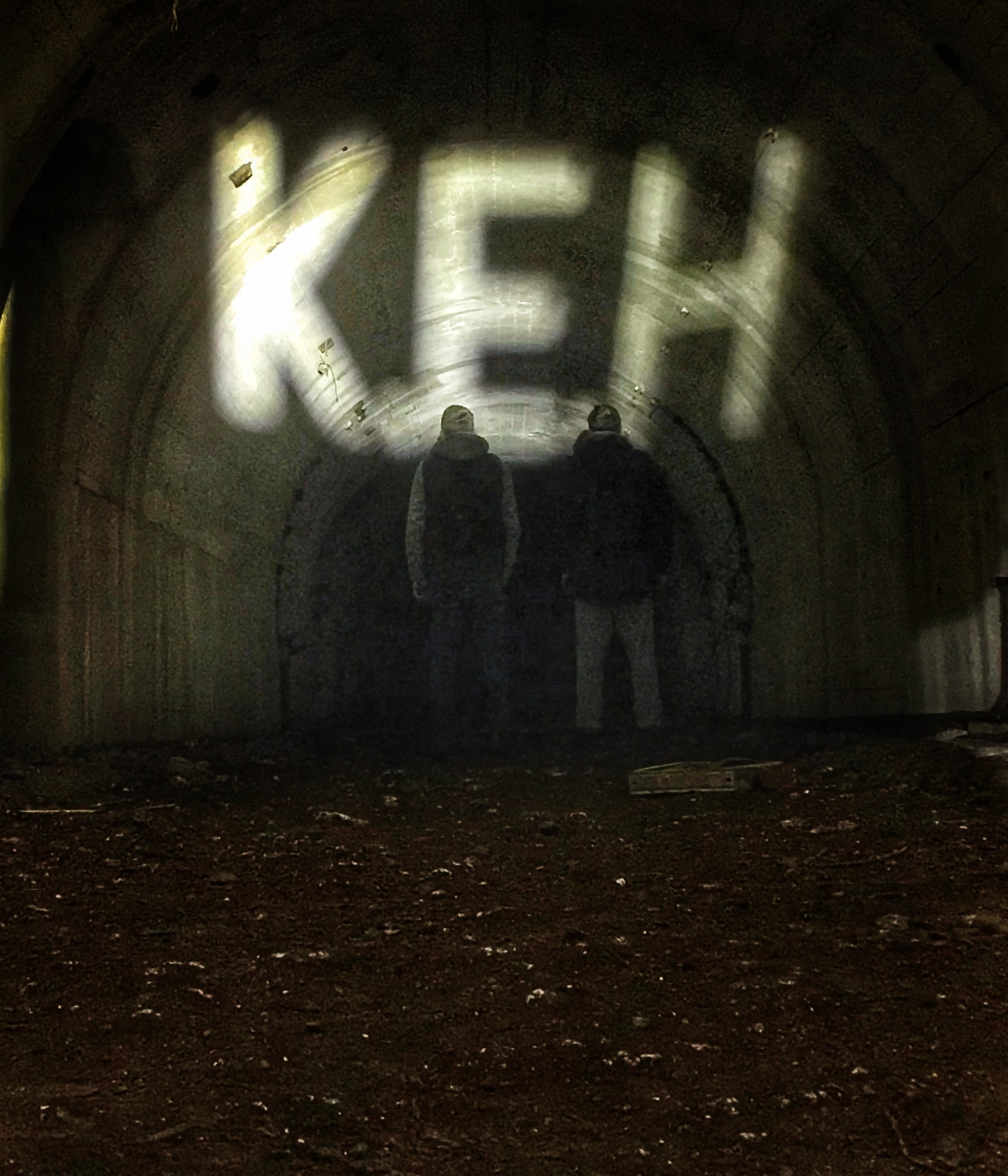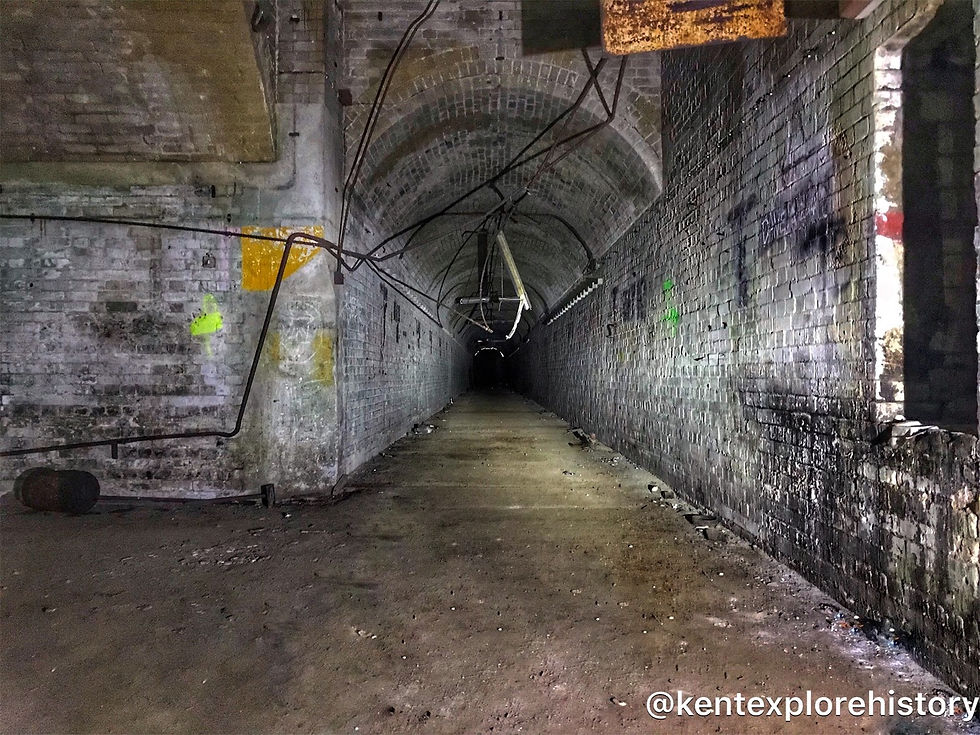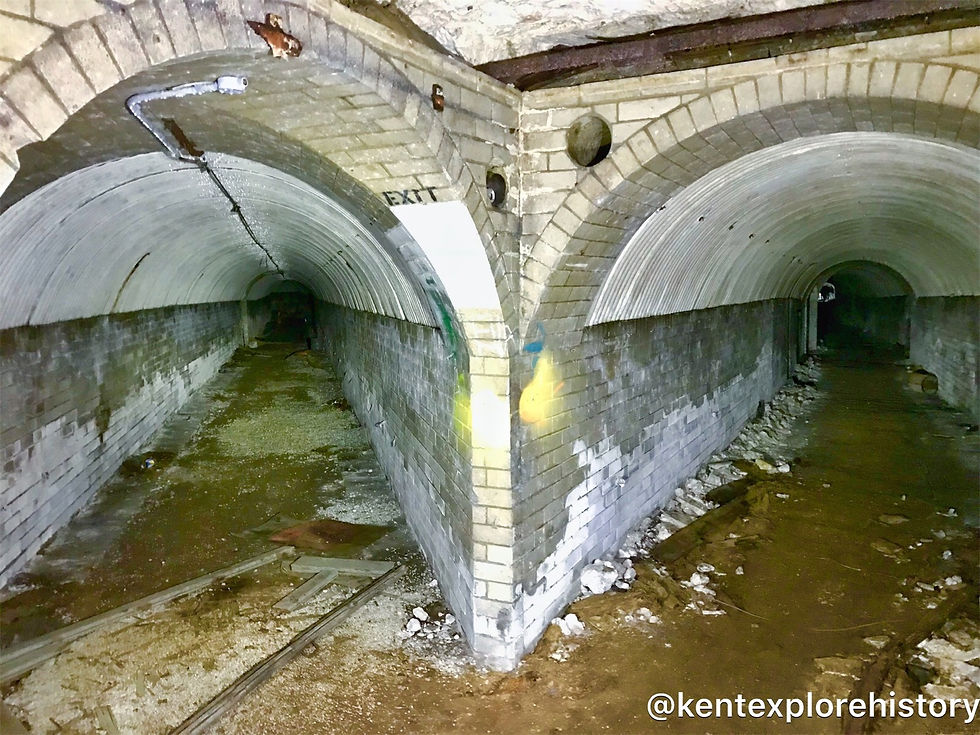Fort Gilkicker
- kentexplorehistory

- Nov 10, 2021
- 2 min read
The current Fort Gilkicker was constructed between 1863 and 1869 with further adjustments being made before full completion of the fort in 1871. Construction was undertaken by a contractor but when the contractor failed in November 1863 the renowned civil engineer John Towlerton Leather took over to complete the fort.
The original design of the fort was curvilinier with 26 guns on one level firing through armoured embrasures. A barrack block enclosed the rear of the fort. With the design of the Fort changing the new layout consisted of 22 guns set in casemates with 5 positions on the roof for heavier guns.
Between 1898 and 1939 the Fort underwent several alterations due in part to new gun technology but also the revision of the needs and requirements of what was needed of the Fort. The Barrack Block of the Fort underwent alterations between 1908-1910 to enable its use as Married Quarters for the Royal Engineers who were based at Fort Monckton. Another alteration was the arming of the Fort with an early type of Anti-Aircraft gun, a 3inch Quick Fire gun on a high angle mounting this was installed in 1916.
During World War Two the Fort was armed for a short while with a 40mm Bofors gun and Gun Laying Radar which was fitted outside the fort to direct the guns at the nearby Gilkicker Anti Aircraft site. With the lead up to D-Day a signals unit occupied the Fort.
With the abolishment of Coastal Defence in 1956 the Fort found a new use as a plumbers workshop for the Ministry of Public Buildings and Works. Then in 1959 the Fort was used by the personnel of HMS Dolphin based at Fort Blockhouse as storage for Submarine Spares, staff of Fort Brockhurst took over maintaining the Fort. By 1986 the Fort was purchased by Hampshire County Council and was used to store building materials between 1987-1999. Between 1999 and today the Fort has undergone many proposals to be converted into luxury flats but none of these proposals have come to fruition. The Fort now sits derelict and is currently on the Buildings at Risk Register being a Grade II Listed Building.


















































































































Comments